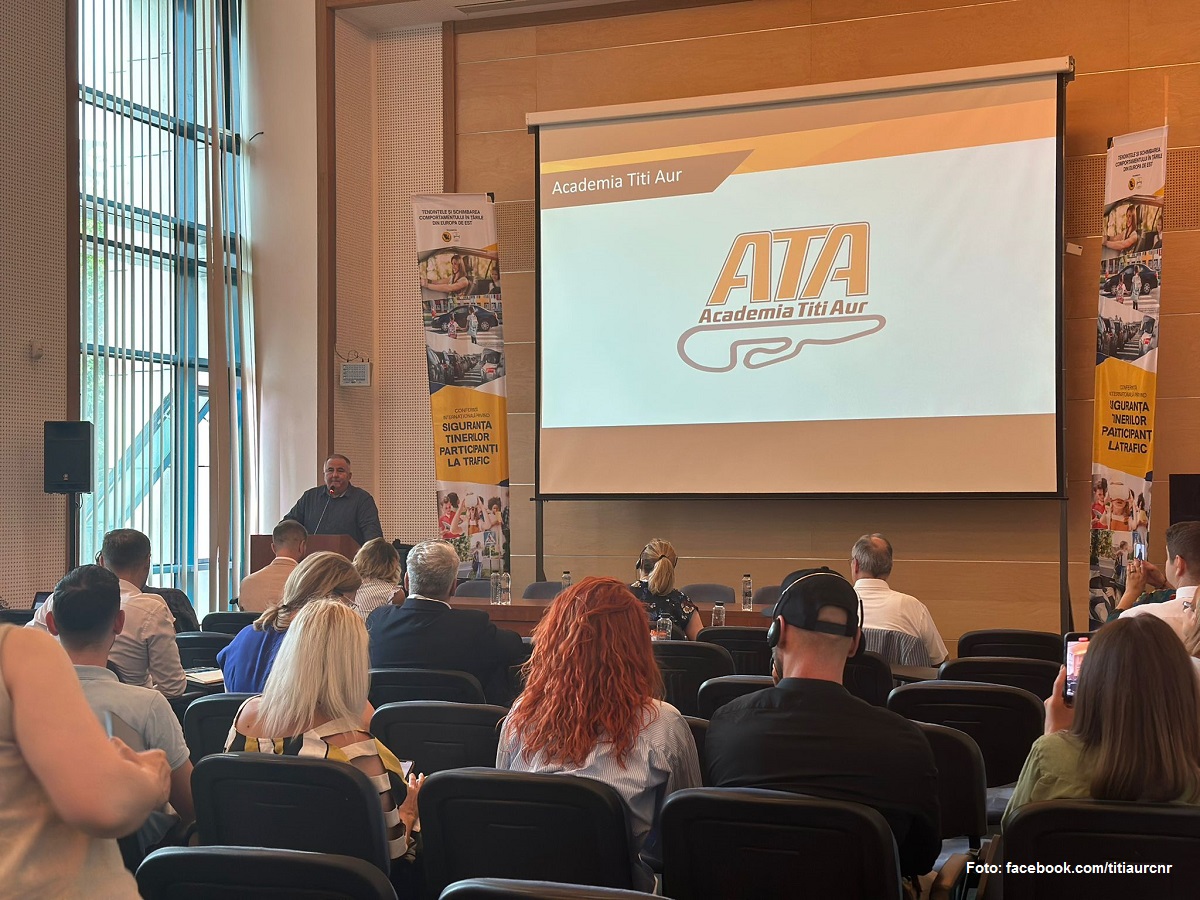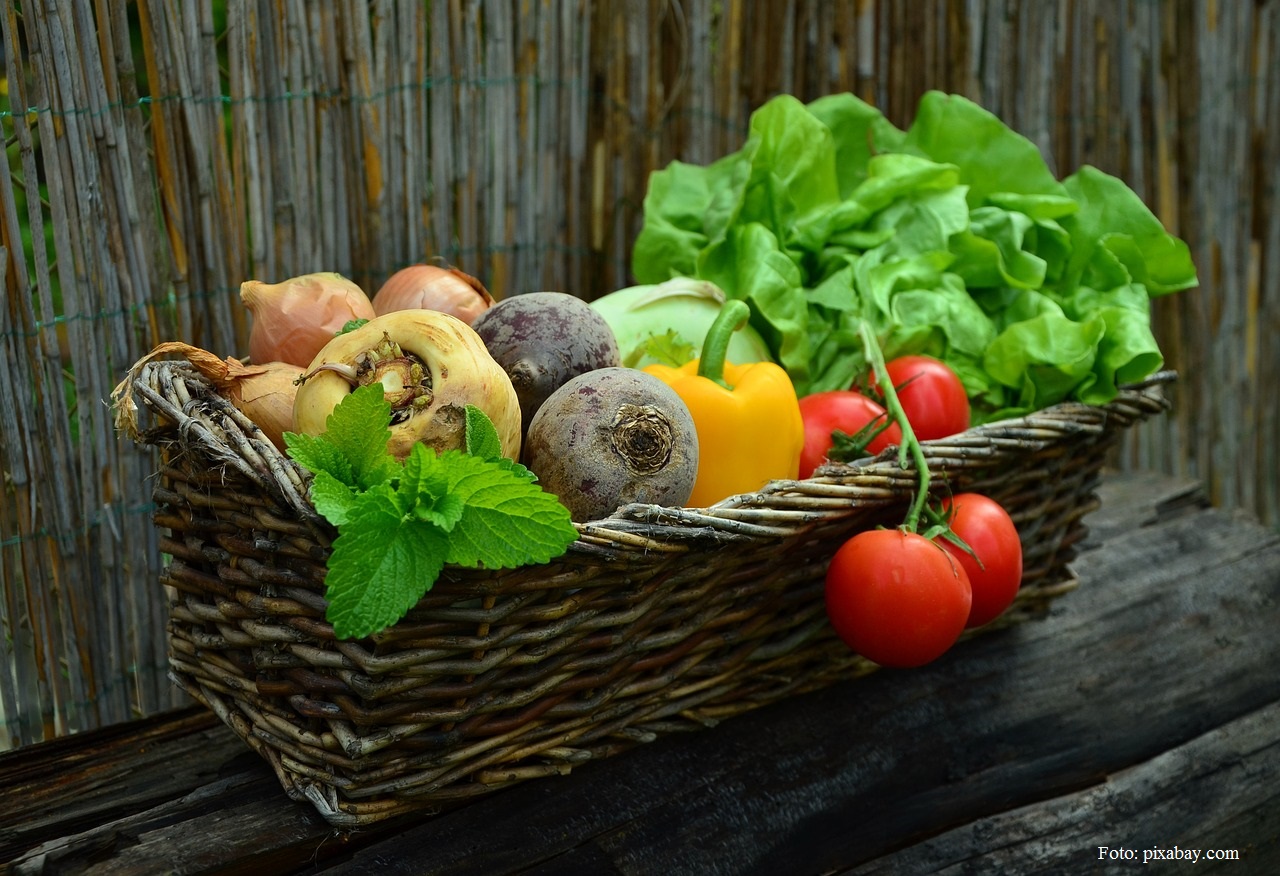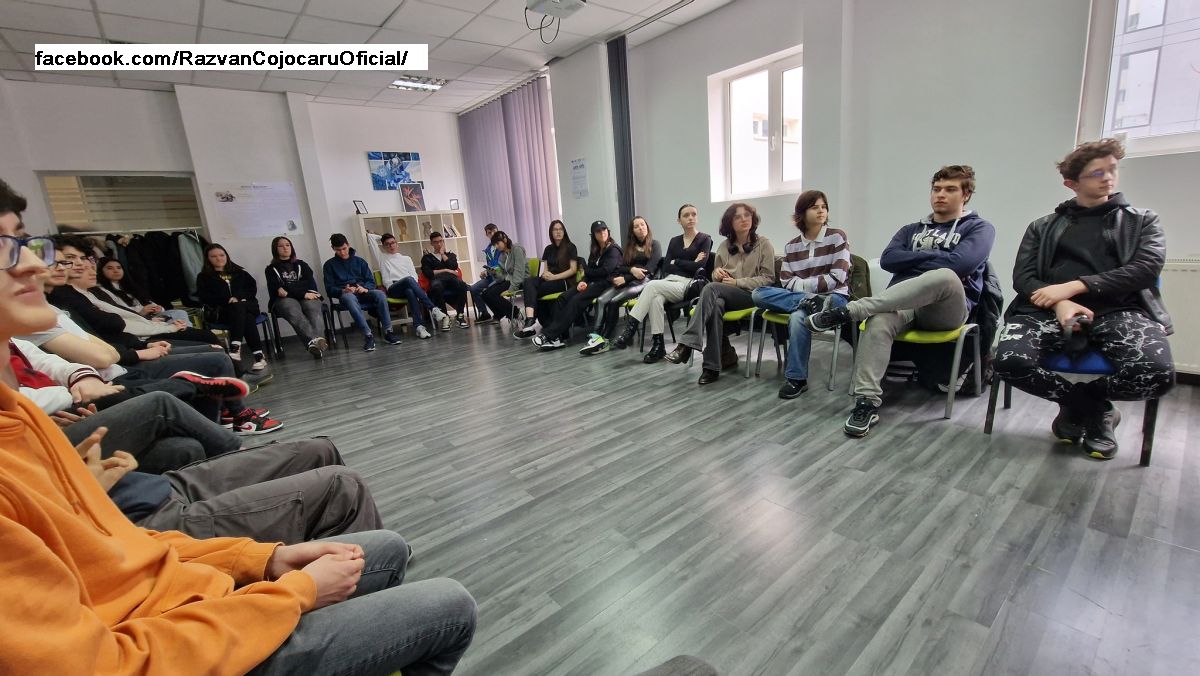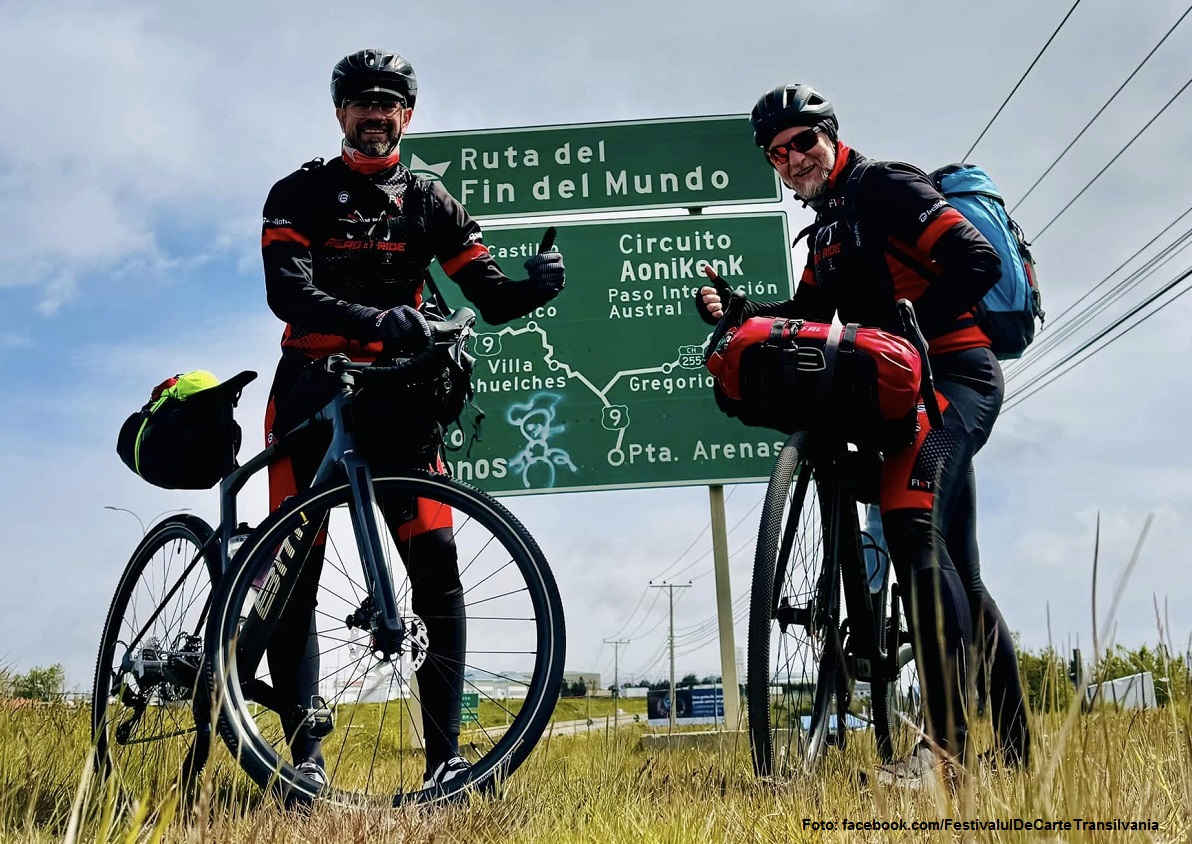The Paper Mill
Manufacturing paper by hand, manual printing and bookbinding are some of the oldest crafts that are being revived at the Paper Mill Museum not far from Bucharest.
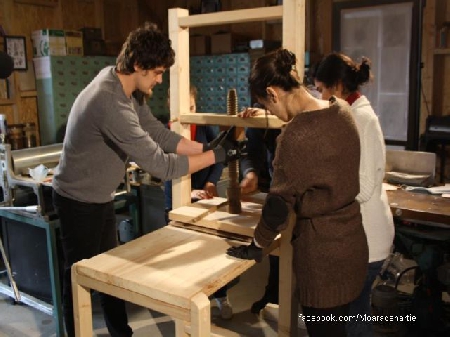
România Internațional, 01.09.2013, 13:33
In a national park 30 km south of Bucharest, you can find what is called the Hill of the Mill. Here, two residents of Bucharest, the Georgescu family, founded a museum called the Paper Mill. Ion Georgescu told us how this idea occurred to him in 2009.
Ion Georgescu: “Tired of my office work and what I was doing on a regular basis, I was looking for something new, something different, to occupy my spare time. I was looking for a new hobby. I discovered bookbinding; from that I discovered making paper by hand, then movable type relief printing, as they did it in olden times, in Johannes Gutenberg’s times, up until almost 20 years ago, in Romania. The paper mill is a place I created to bring joy for people who are interested in activities that are about to disappear, beautiful and creative activities around the idea of books: hand made paper, manual printing, and bookbinding.”
The Paper Mill museum workshop opened to the public in August 2011. People can go there to work themselves at some paper objects they would like to have, and to learn the secrets of bookbinding.
Ion Georgescu: “We gather office paper, it has to be fairly good quality paper, either written or printed, and we also get from printers their excess paper, or waste. We have a piece of equipment that is unique in Romania, a Hollander beater, turning normal paper into paper pulp. We grind it into a paste, which then, in a vat of water, gets turned back into paper with a frame and screen mould. This paper is very interesting, you can never get two identical pieces of paper. We like to put lots of things into it. We made paper out of green grass, which we love, because the grass stays green in paper even years on end, we have paper made in 2009 which is still green. We made paper with flowers, with garden flowers, silk strands, we used even clay, which gives it a very interesting shade, a light pinkish brown. It is a special paper, it is much harder to print, we don’t use it in our workshops.”
Most people who made paper here say they plan to come back. The paper is printed with mechanical presses.
Ion Georgescu: “The press we use the most is a press used to make corrections, used to print newspaper, which we bought from an army printing house which was closing down. We went to the tender, we bid for it, and we won. We haven’t found very old presses, so we decided we have to reconstruct one. We have one of the very few replicas of Johannes Gutenberg’s printing press in Romania and the world. We have it here in Comana, we built it this year as part of a project with EU financing, the Youth in Action program. We print it with relief movable print made of typographic alloy. The letters leave an imprint on the paper. We regulate the pressure so that you can distinguish the printing on the flip side. We have to make it more visible, because we print in a very simple manner, in a single color. The characters, the way in which the substance takes to the paper give it a special aspect, which you no longer find nowadays, in a world of multicolor printers, where everything is glossy, perfect, with huge resolution. Basically we went back to the way paper was printed around 1540.”
Ion Georgescu says that many of the people who come to the Paper Mill in Comana are book lovers, bibliophiles, passionate about paper in all its forms. Another type of visitor is the local student. Many children from the school nearby go there, interested to see how paper is made and printed. It is a great opportunity for them to realize that their hands can work wonders.
Ion Georgescu: “We were forced to run an interesting experiment at some workshops this year. Since Comana is rural, and electrical systems are not exactly the most reliable, there was a blackout during some paper and printing workshops. In spite of that, we were able to print, and I emphasize that: we were able to print with no electricity whatsoever. While it was true that it was fairly dark in the room, we still did our job, because none of our equipments uses electricity. We were able to make a book without the most commonplace thing nowadays, electricity.”
The project enjoys a lot of success and has attracted a lot of volunteers. Four of them managed to obtain European financing for a project to teach youth the art of relief printing, a project called “Youth Rediscover the European Art of Printing”. 150 students took part in the project. The organizers hope that this type of event will bring children closer to books, offering them an alternative to the Internet.

